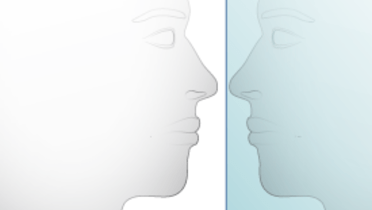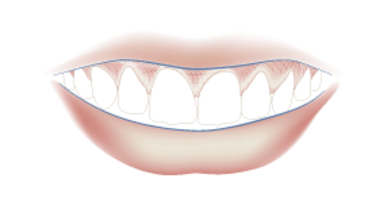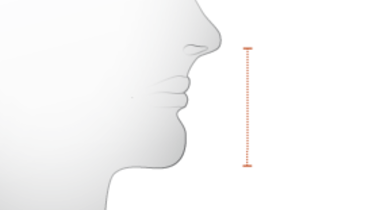-
0
Patient Assessment
- 0.1 Patient demand
- 0.2 Overarching considerations
- 0.3 Local history
- 0.4 Anatomical location
- 0.5 General patient history
-
0.6
Risk assessment & special high risk categories
- 5.1 Risk assessment & special high risk categories
- 5.2 age
- 5.3 Compliance
- 5.4 Smoking
- 5.5 Drug abuse
- 5.6 Recreational drugs and alcohol abuse
- 5.7 Parafunctions
- 5.8 Diabetes
- 5.9 Osteoporosis
- 5.10 Coagulation disorders and anticoagulant therapy
- 5.11 Steroids
- 5.12 Bisphosphonates
- 5.13 BRONJ / ARONJ
- 5.14 Radiotherapy
- 5.15 Risk factors
-
1
Diagnostics
-
1.1
Clinical Assessment
- 0.1 Lip line
- 0.2 Mouth opening
- 0.3 Vertical dimension
- 0.4 Maxillo-mandibular relationship
- 0.5 TMD
- 0.6 Existing prosthesis
- 0.7 Muco-gingival junction
- 0.8 Hyposalivation and Xerostomia
- 1.2 Clinical findings
-
1.3
Clinical diagnostic assessments
- 2.1 Microbiology
- 2.2 Salivary output
-
1.4
Diagnostic imaging
- 3.1 Imaging overview
- 3.2 Intraoral radiographs
- 3.3 Panoramic
- 3.4 CBCT
- 3.5 CT
- 1.5 Diagnostic prosthodontic guides
-
1.1
Clinical Assessment
-
2
Treatment Options
- 2.1 Mucosally-supported
-
2.2
Implant-retained/supported, general
- 1.1 Prosthodontic options overview
- 1.2 Number of implants maxilla and mandible
- 1.3 Time to function
- 1.4 Submerged or non-submerged
- 1.5 Soft tissue management
- 1.6 Hard tissue management, mandible
- 1.7 Hard tissue management, maxilla
- 1.8 Need for grafting
- 1.9 Healed vs fresh extraction socket
- 1.10 Digital treatment planning protocols
- 2.3 Implant prosthetics - removable
-
2.4
Implant prosthetics - fixed
- 2.5 Comprehensive treatment concepts
-
3
Treatment Procedures
-
3.1
Surgical
-
3.2
Removable prosthetics
-
3.3
Fixed prosthetics
-
3.1
Surgical
- 4 Aftercare
Esthetic complications
Key points
- The risk of significant patient dissatisfaction with initial esthetic appearance is best reduced during treatment planning discussion to set realistic expectations
- Provisional restorations and/or temporary prostheses are helpful in designing an esthetically pleasing prosthesis
- Major esthetic complications may need remaking of a prosthesis or choice of an alternative prosthesis design
Esthetic parameters and patient reaction
Esthetic complications can be related to dissatisfaction with tooth position, angulation, form, color, texture and feel as well as to dissatisfaction with the soft tissue appearance and/or emergence profile of the artificial teeth from natural or artificial mucosa.
The initial reaction of a patient to the appearance of a new prosthesis is very important as significant dissatisfaction is difficult to overcome. Therefore, treatment planning and utilization of provisional prostheses to establish the parameters of patient satisfaction are crucial to avoid a mismatch of hopes and expectations with realistic possibility.
If the initial patient reaction is mild dissatisfaction, encouraging the patient to try the prosthesis for a few days or weeks is advisable as time may increase the patient’s comfort with his/her new appearance.
Restoration modification considerations
If modification of the prosthesis is necessary, the clinician must decide if intra-oral minor modification is warranted or if the prosthesis should be retrieved for modification. Clearly, in extreme cases of esthetic compromise, where modification to achieve revised expectations is either impossible or will destabilize the integrity of the prosthesis, a new prosthesis may need to be made. In such instances, a revised design of the prosthesis should be considered as it may be the solution to address the esthetic complication at hand. Often, a trade-off has to be considered between the patient’s desire for a fixed prosthesis and what can be accomplished esthetically and for adequate oral hygiene access. Esthetic demands, especially regarding simulation of soft tissues, can often be better met with a removable prosthesis.



